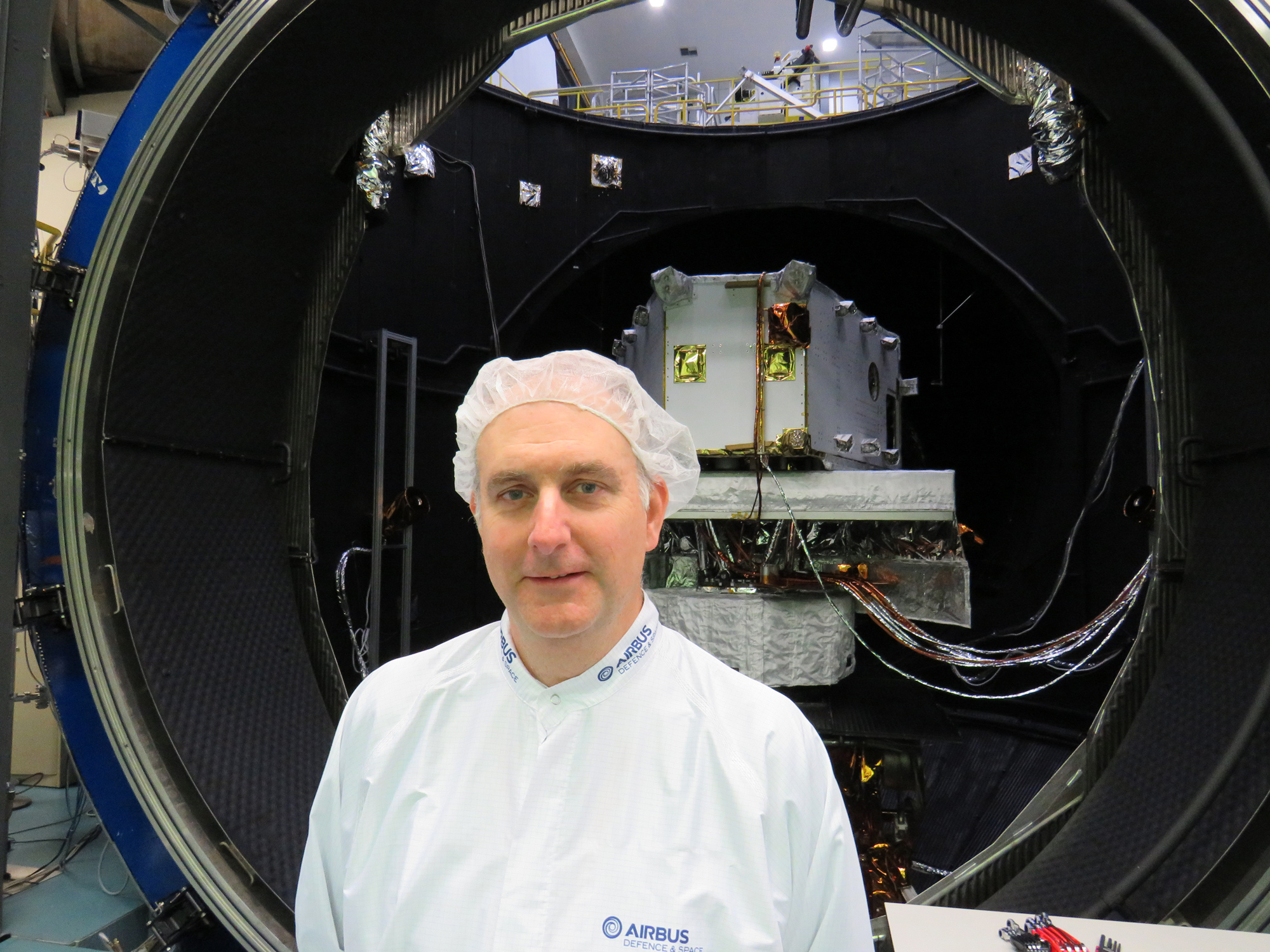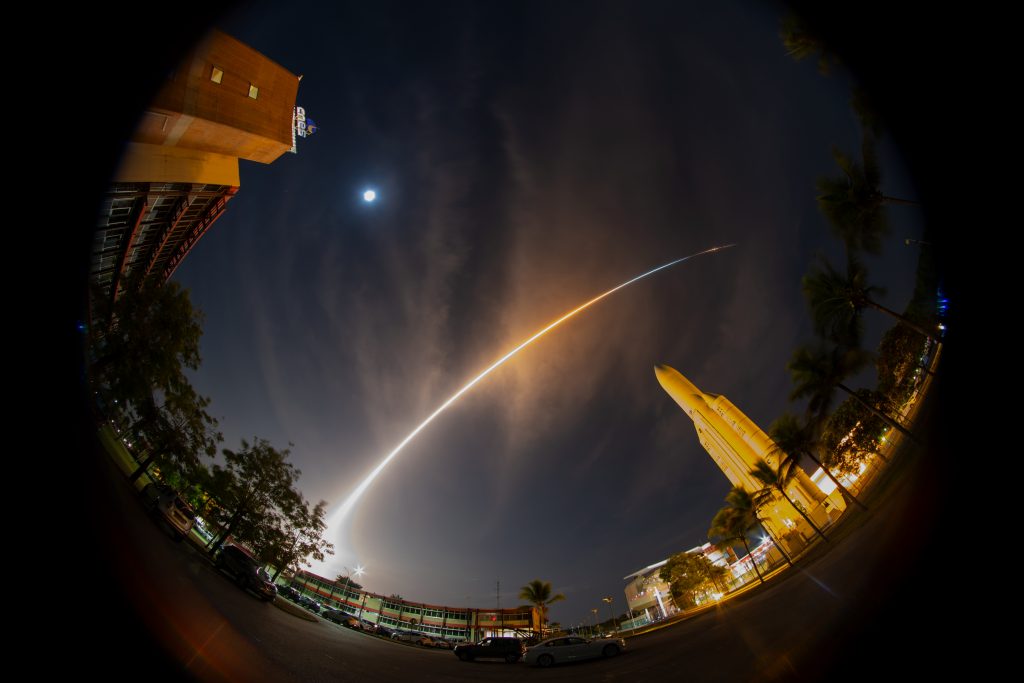With 29 missions under his belt, Dr Sean Tuttle knows a thing or two about space engineering. He caught up with create to talk about his career and the role of our fledgling space agency.
As a veteran of the international space scene, Tuttle is keen to see Australia’s local space industry flourish. He sees the Australian Space Agency (ASA) as having a key role to play in removing legislative and financial barriers and promoting space to the wider community. He quoted 1990s classic comedy The Castle, saying the ASA needs to set the right ‘vibe’.
“If you look at things that have worked around the world, like Amazon or Facebook, the reason they’ve worked is they made it extremely easy and seamless to do the thing they’re promoting,” Tuttle explained.
And Tuttle is poised to help make this happen. He currently works as the Space Capability Co-ordinator at aerospace consultancy Nova Systems, which has recently signed an agreement with the ASA to enhance capability in the sector.
This will include building a ground station for research and education, keeping tabs on Australia’s space hardware, supporting defence and government, and providing specialist training and student internships for the next generation of homegrown space engineers.
Fiction to fact
Tuttle’s career has encompassed many projects around the world. Most recently, he celebrated the launch of the BepiColombo Mercury Planetary Orbiter in October. For him, this exciting event marked the end of six years of thermal design work for the European Space Agency (ESA).
Until the end of 2017, he was a member of the space engineering program at UNSW Canberra, where he spent five years setting up and running the Master of Space Engineering.
In 2015, he was awarded the Sir Arthur Clarke Award as part of the team responsible for the Rosetta Mission. Launched by the ESA in 2004, the Rosetta craft spent 10 years travelling towards comet 67P/Churyumov-Gerasimenko. In 2014, the craft achieved a world first by successfully landing a probe on the comet.
Thermal design for the Rosetta craft and BepiColombo presented challenges at extreme ends of the temperature spectrum. Rosetta’s target comet reaches surface temperatures as low as -93°C, while Mercury’s temperature drops to -173°C at night and can soar to 427°C during the day.
The Rosetta role, which Tuttle considers his “claim to fame”, came about through a series of fortunate events. Tuttle left the University of Queensland to gain experience in Europe and landed a job in the UK at Airbus, the parent company of Canberra-based Auspace.

Before starting at Airbus, Tuttle took time out to watch the film Deep Impact, which features people landing on a comet to save humanity.
“I got to work the next day and they told me I was going to work on this project that was planning to land on a comet. So it was a bit sci-fi,” he said.
Creating a buzz
While South Australia has recently emerged as the winner of hot competition between the states to host the ASA, Tuttle thinks the country should pool its technical and funding resources for the common good. For example, each state could have a technology centre that focuses on an area of local importance.
He said that while some competition is healthy, too much could harm the industry.
“In a country with a small industry like ours, this is being counterproductive,” Tuttle explained, adding that many countries, including Canada, contribute to the ESA and receive work proportional to their contribution.
Both Tuttle and the CSIRO believe an important factor is creating a buzz about space through an inspirational competition – along the lines of the Google Lunar XPRIZE. Tuttle suggested challenges such as a CubeSat mission to the Moon, or an Earth observation mission that needs to develop more than half of its systems locally.
“This is the kind of buzz they need to be creating … Focussing on niches and going for the low-hanging fruit makes sense up to a point, but if you always chase the low-hanging fruit, you’ll never grow tall,” he said.

